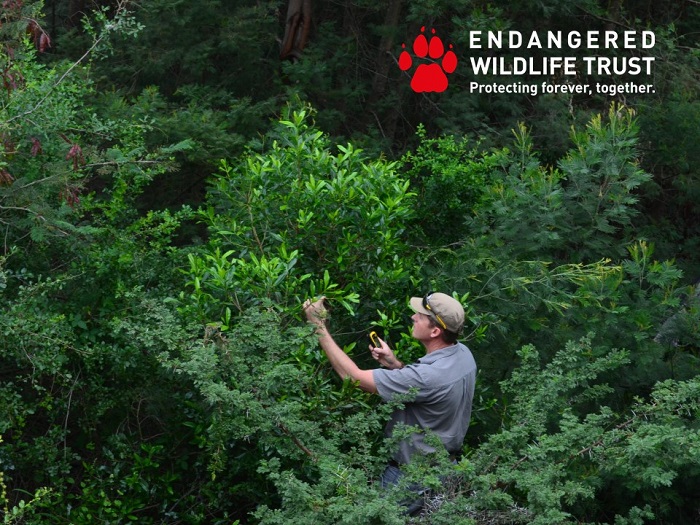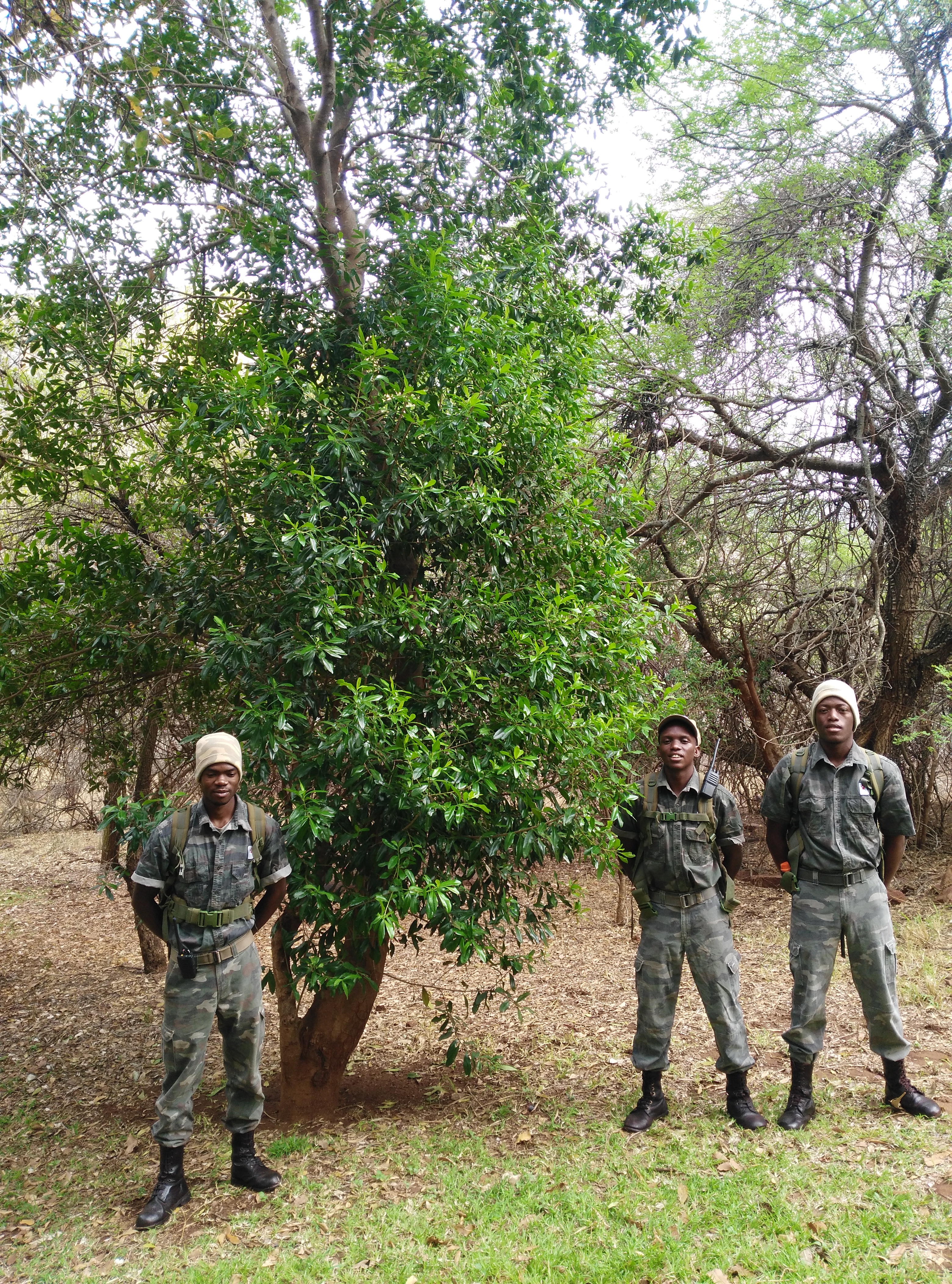BBC News
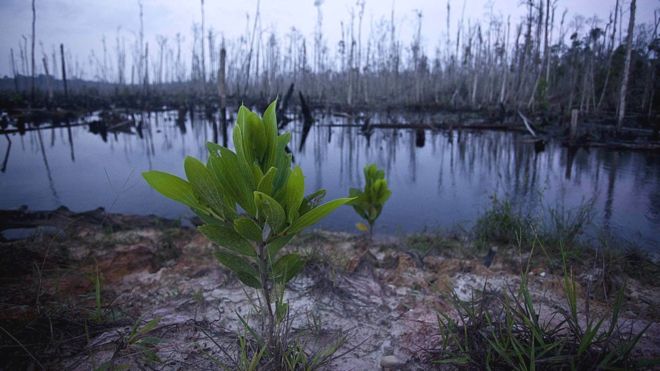
Deforestation in Sumatra - Getty Images
Almost 600 plant species have been lost from the wild in the last 250 years, according to a comprehensive study.
The number is based on actual extinctions rather than estimates, and is twice that of all bird, mammal and amphibian extinctions combined.
Scientists say plant extinction is occurring up to 500 times faster than what would be expected naturally.
In May, a UN report estimated that one million animal and plant species were threatened with extinction.
- Humans 'threaten 1m species with extinction'
- Nature's emergency in five graphics
- What does a biodiversity emergency mean for humans.
Researchers say their analysis of all documented plant extinctions in the world shows what lessons can be learned to stop future extinctions.
Most people can name a mammal or bird that has become extinct in recent centuries, but few could name an extinct plant, said Dr Aelys Humphreys of Stockholm University.
"This study is the first time we have an overview of what plants have already become extinct, where they have disappeared from and how quickly this is happening," she added.
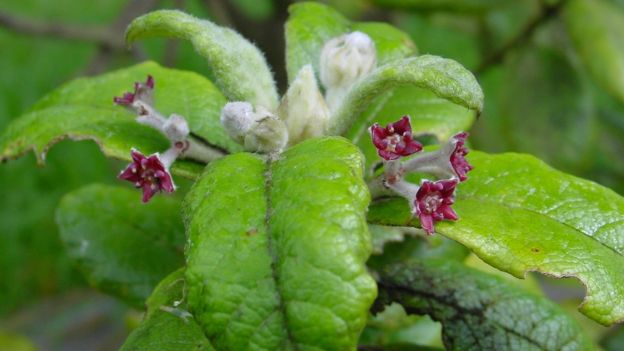
St Helena Olive: The tree went extinct in 2003 - ⒸREBECCA CAIRN WICKS
The lost plants include the Chile sandalwood, which was exploited for essential oils, the banded trinity plant, which spent much of its life underground, and the pink-flowered St Helena olive tree.
The biggest losses are on islands and in the tropics, which are home to highly valued timber trees and tend to be particularly rich in plant diversity.
What did the study find?
Scientists at the Royal Botanic Gardens, Kew, and Stockholm University found that 571 plant species had disappeared in the last two and a half centuries, a number that is more than twice the number of birds, mammals and amphibians recorded as extinct (a combined total of 217 species).
The researchers believe these numbers underestimate the true levels of ongoing plant extinction.
One positive, though, was evidence that some plants once thought extinct have been rediscovered, such as the Chilean crocus
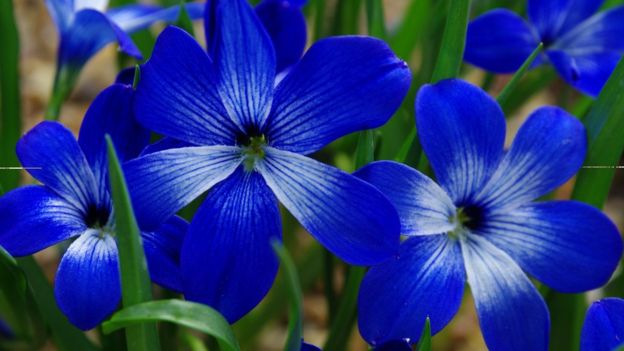
The Chilean crocus: Rediscovered in 2001 after years of searching - RICHARD WILFORD
Why does plant extinction matter?
All life on Earth depends on plants, which provide the oxygen we breathe and the food we eat.
Plant extinctions can lead to a whole cascade of extinctions in other organisms that rely on them, for instance insects that use plants for food and for laying their eggs.
Plant extinction is bad news for all species, said Dr Eimear Nic Lughadha, co-researcher and conservation scientist at Royal Botanic Gardens, Kew.
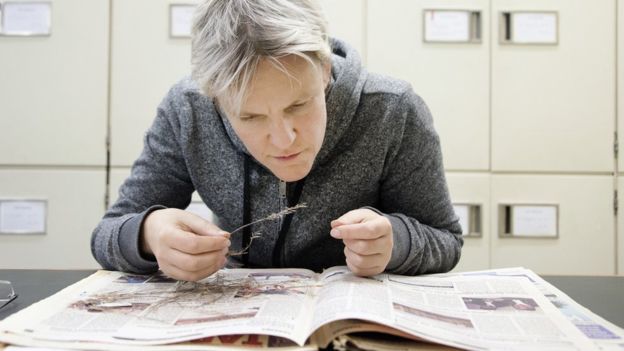
Herbaria preserve specimens of extinct plants
"Millions of other species depend on plants for their survival, humans included, so knowing which plants we are losing and from where, will feed back into conservation programmes targeting other organisms as well," she explained.
What lessons can we learn?
The researchers are calling for a number of measures to stop plant extinction:
- Record all the plants across the world
- Support herbaria, which preserve plant specimens for posterity
- Support botanists who carry out vital research
- Teach our children to see and recognise local plants.
Dr Rob Salguero-Gómez, of the University of Oxford, who was not part of the study, said understanding the how, where, and why of plant loss was of paramount importance, not only for ecologists but also for human societies.
"We depend on plants directly for food, shade and construction materials, and indirectly for 'ecosystem services' such as carbon fixation, oxygen creation, and even improvement in human mental health through enjoying green spaces," he commented.



